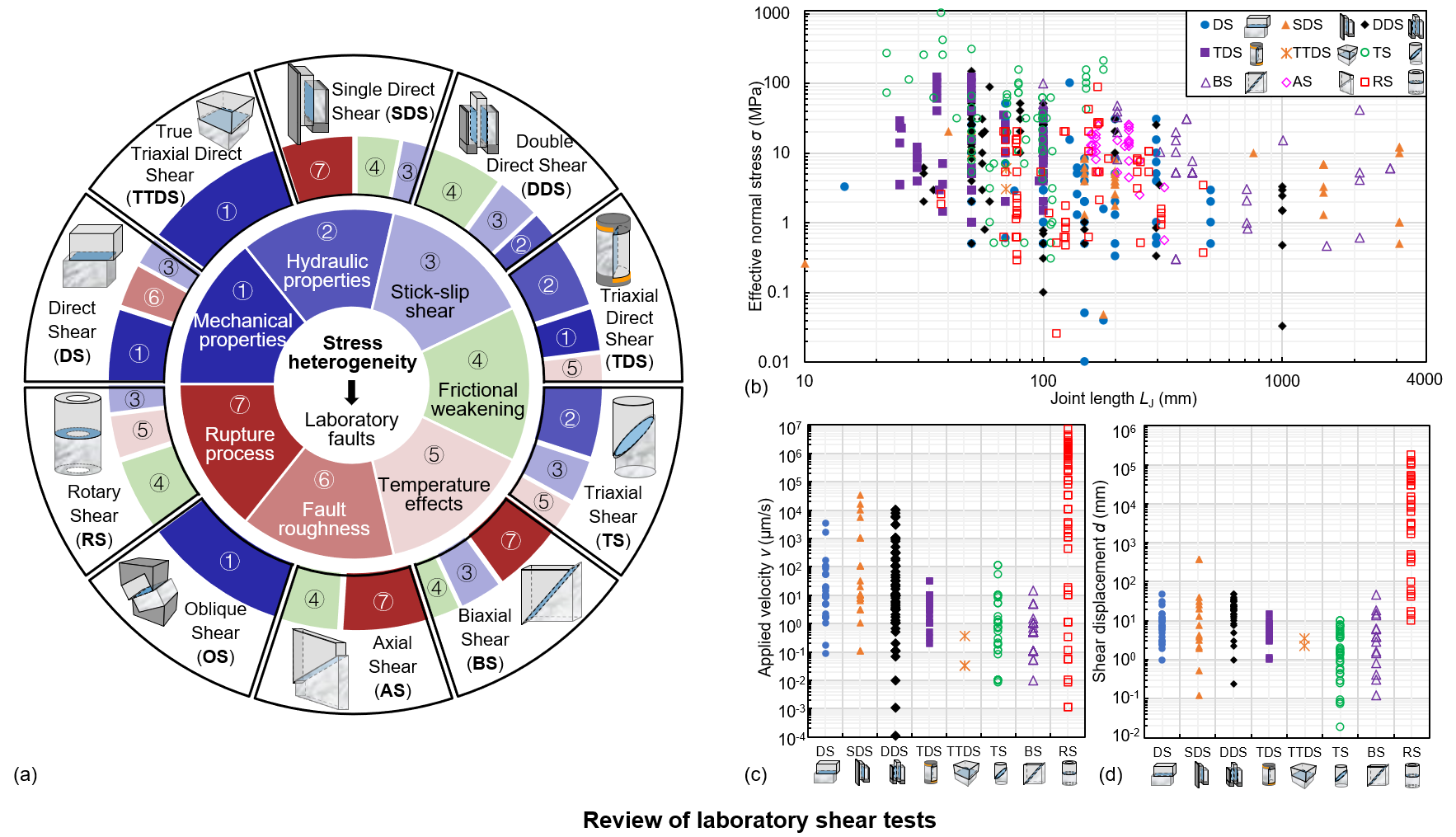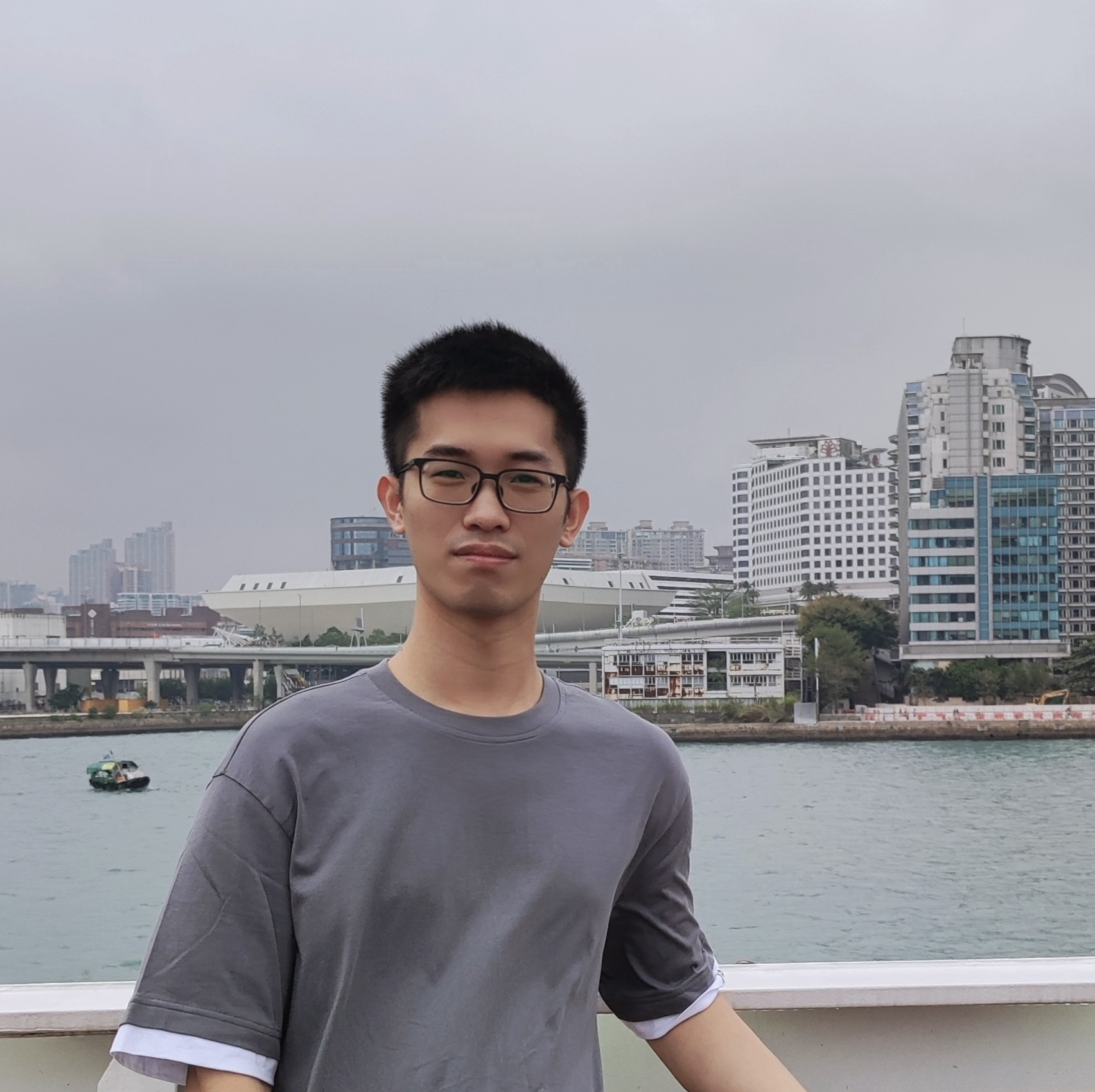Stress heterogeneity in ten laboratory shear configurations
Numerous laboratory shear tests have been conducted on rock discontinuities using various experimental setups. Those include direct shear (DS) tests, true triaxial direct shear (TTDS) tests, single direct shear (SDS) tests, double direct shear (DDS) tests, triaxial direct shear (TDS) tests, triaxial shear (TS) tests, biaxial shear (BS) tests, axial shear (AS) tests, oblique shear (OS) tests, and rotary shear (RS) tests.

The results indicated that stress heterogeneity generally exists in all laboratory shear tests, and the local stress on the central portion of flat laboratory faults is almost uniform. More pronounced stress heterogeneity occurs in direct shear than in inclined and rotary shear configurations. The estimated average apparent friction coefficient across the shear interface was slightly higher than the dynamic friction coefficient of the material set in the numerical simulations but lower than the static friction coefficient. Calibrations of fault friction obtained from laboratory shear tests were suggested to eliminate the effects of other potential influencing forces such as equipment friction and jacket restraint. Moreover, the local shear stress significantly decreased as the rupture front propagated through, or in the following slip phase, during individual stick-slip cycles, resulting in a more uniform stress distribution in the slip phase than in the stick phase.
Variations of shear stress and friction angles during a stick-slip cycle in the direct shear (DS) test
Variations of shear stress and friction angles during a stick-slip cycle in the triaxial shear (TS) test
Variations of shear stress and friction angles during a stick-slip cycle in the rotary shear (RS) test
Related paper:
Chai S, Zou Y, Wu H, Akbariforouz M, Su B, Grasselli G, Elsworth D, Hatzor Y H, Zhao Q. Stress heterogeneity across faults during laboratory earthquakes.
Chai S, Zou Y, Wu H, Akbariforouz M, Su B, Grasselli G, Elsworth D, Hatzor Y H, Zhao Q. Stress heterogeneity across rock discontinuities: new insights from numerical simulations.
